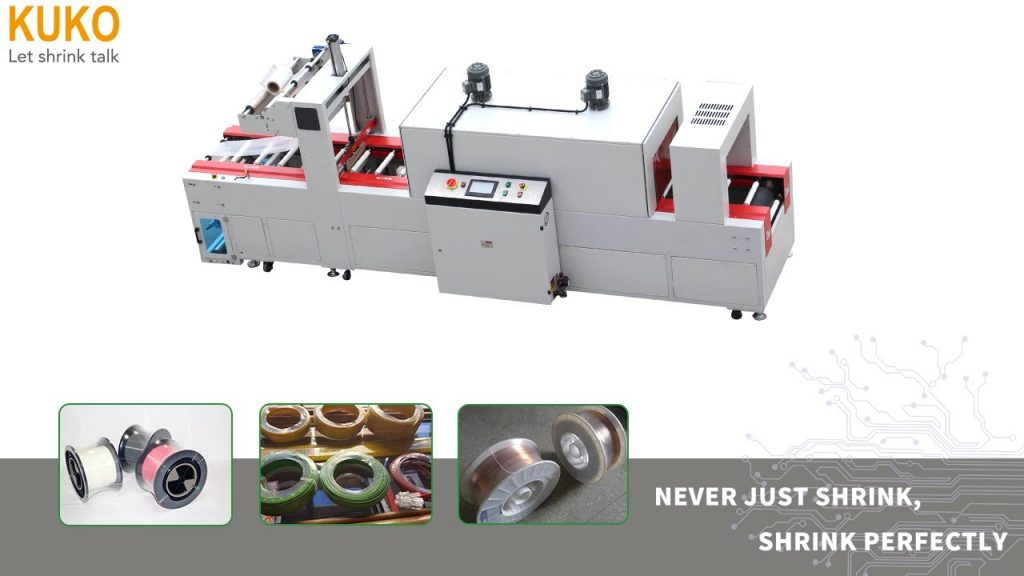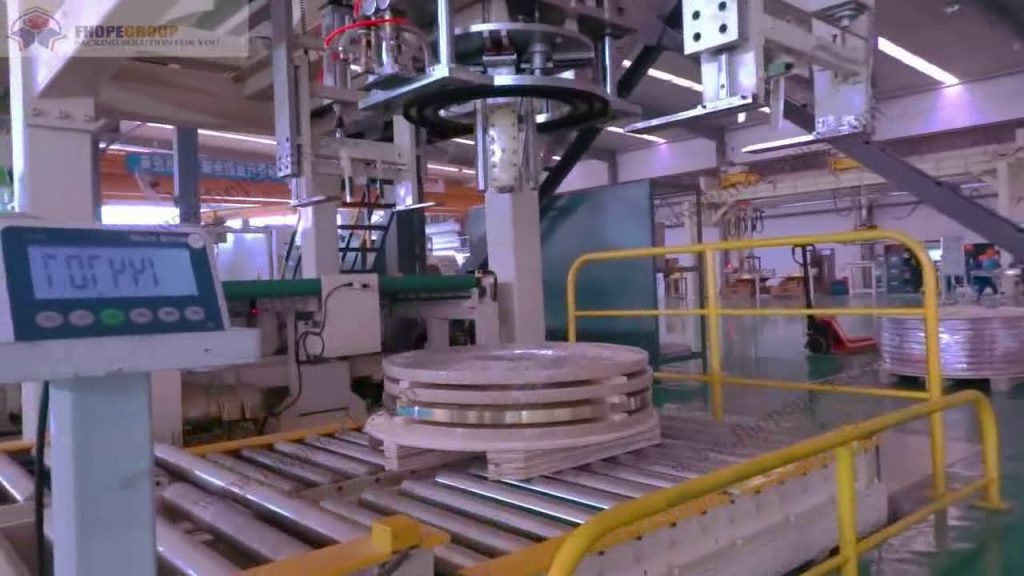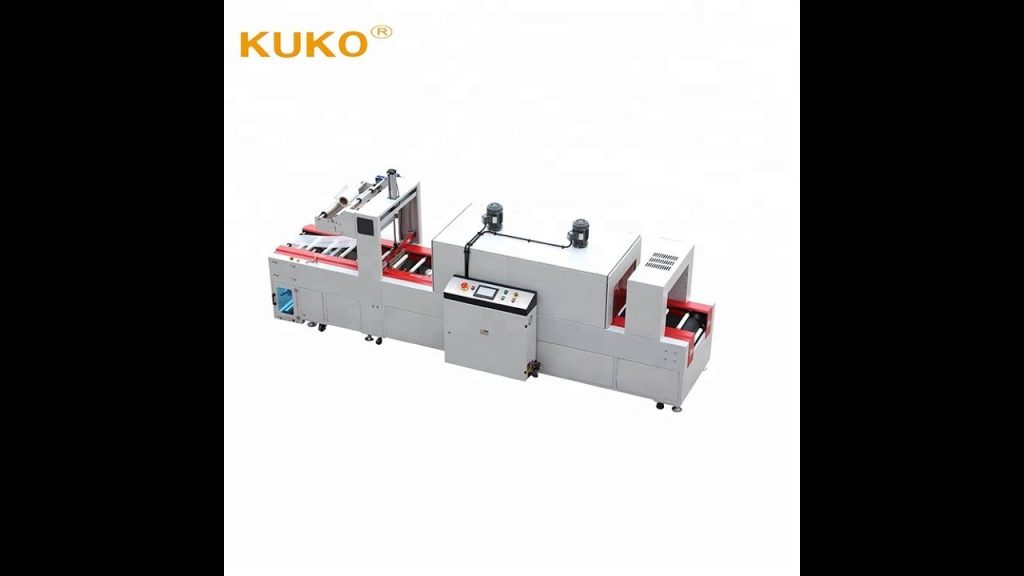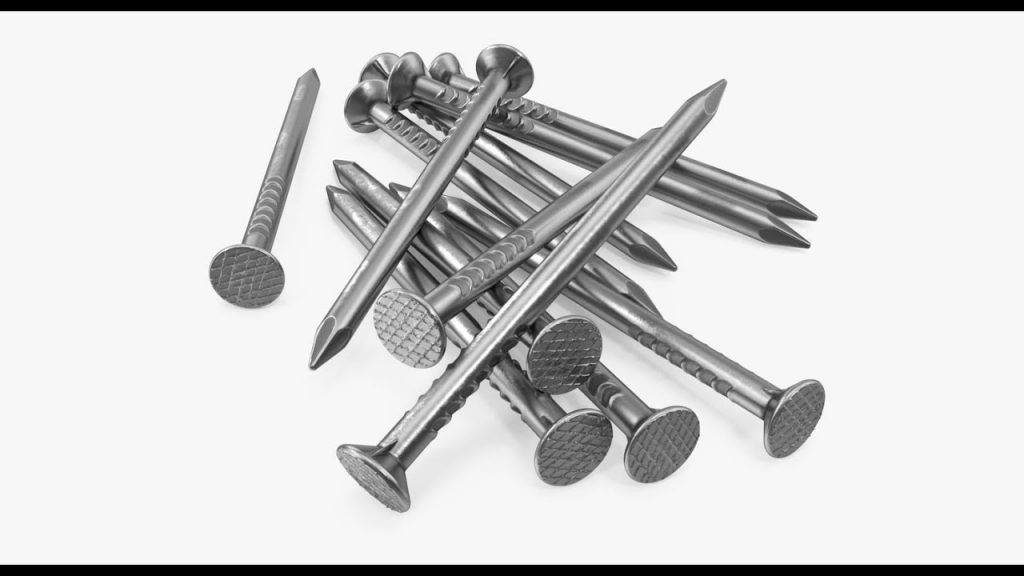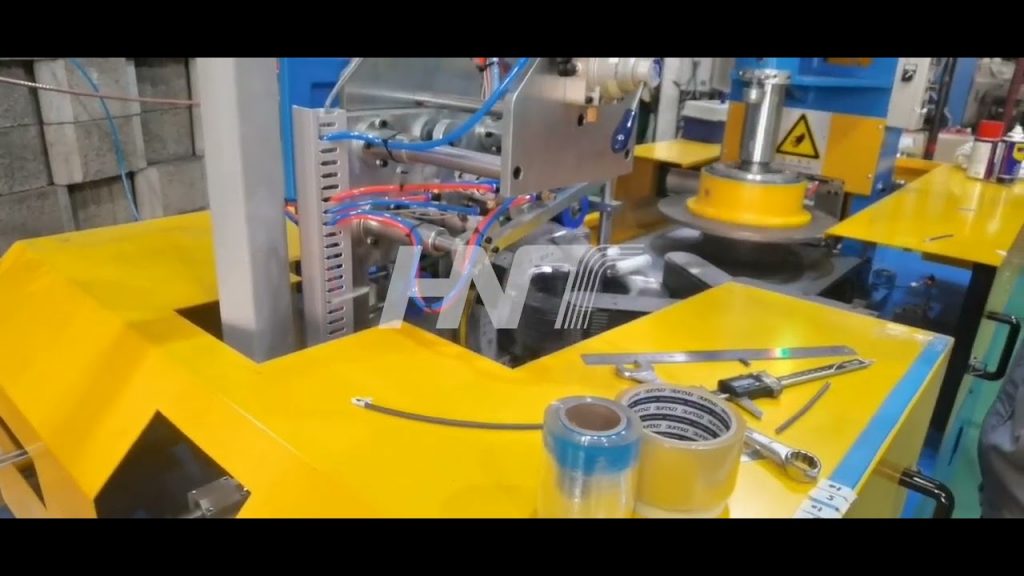Maintenance Tips for Mold Upenders: How to Prolong Equipment Life and Ensure Safety
To prolong the life of mold upenders and ensure safety, implement regular maintenance. Key tips include: consistent inspections for wear, hydraulic leaks, and misalignment; timely lubrication of moving parts; scheduled cleaning to remove debris; and comprehensive operator training. Addressing minor issues promptly prevents costly downtime and enhances operational efficiency and workplace safety, ensuring optimal equipment performance and a safer working environment.
Mold upenders are critical pieces of equipment in numerous industrial settings, playing a vital role in safely and efficiently handling and rotating heavy molds. These machines, also known as mold tilters or mold rotators, are essential for mold maintenance, repair, and inverting operations, directly impacting production workflows and overall equipment effectiveness. Like any industrial machinery subjected to heavy loads and repetitive operations, mold upenders require diligent maintenance to ensure their longevity, operational efficiency, and, most importantly, the safety of personnel and the molds they handle. Neglecting regular maintenance can lead to unexpected breakdowns, costly repairs, production delays, and potential safety hazards. Therefore, implementing a robust maintenance program is not just an operational best practice, but a necessity for optimizing performance and safeguarding investments in mold handling equipment.
This article provides essential maintenance tips for mold upenders, focusing on how proactive measures can significantly prolong equipment lifespan, minimize downtime, and create a safer working environment. By understanding the key maintenance areas and implementing a consistent schedule, operators and maintenance teams can ensure their mold upenders remain reliable and efficient for years to come.
Key Maintenance Tips for Mold Upenders
Effective maintenance of mold upenders is a multifaceted approach encompassing regular inspections, timely interventions, and proactive care. Here are crucial maintenance tips to keep your mold upenders in optimal condition:
1. Implement Regular and Comprehensive Inspections
Consistent inspection is the cornerstone of any effective maintenance program. For mold upenders, regular inspections allow for the early detection of potential issues before they escalate into major problems. A comprehensive inspection routine should include the following critical areas:
- Hydraulic System Inspection: The hydraulic system is the lifeblood of a mold upender, powering its lifting and tilting mechanisms. Inspections should include checking:
- Hydraulic Fluid Levels: Ensure fluid levels are within the recommended range. Low fluid can lead to pump cavitation and system inefficiency.
- Hydraulic Leaks: Inspect hoses, fittings, cylinders, and valves for any signs of leaks. Leaks not only reduce system pressure but also create safety hazards.
- Hose and Seal Condition: Check for wear, cracks, or degradation of hydraulic hoses and seals. Replace any components showing signs of damage.
- System Pressure: Periodically verify system pressure against manufacturer specifications. Deviations can indicate pump wear or valve malfunctions.
- Fluid Condition: Analyze hydraulic fluid for contamination, water content, and degradation. Regular fluid changes based on manufacturer recommendations are crucial.
- Mechanical Component Inspection: Mechanical components bear the brunt of the load and motion. Inspect:
- Structural Integrity: Check the main frame, lifting arms, and platforms for cracks, deformations, or signs of stress. Pay close attention to welds and joints.
- Bearing and Pivot Points: Inspect bearings and pivot points for wear, looseness, or excessive play. Lubricate these points regularly (as detailed below).
- Chains, Gears, and Drive Mechanisms: If your upender uses chains or gears, inspect them for wear, stretching, or damage. Ensure proper tension and lubrication.
* **Fasteners:** Check and tighten bolts, nuts, and screws, especially in high-stress areas. Vibration can cause fasteners to loosen over time.- Electrical System Inspection: Electrical systems control the operation and safety features of mold upenders. Inspect:
- Wiring and Connections: Check for frayed wires, loose connections, and corrosion. Ensure all wiring is properly routed and protected.
- Control Panels and Switches: Verify the functionality of all control buttons, switches, and emergency stops.
- Sensors and Limit Switches: Test sensors and limit switches that control movement and safety interlocks. Ensure they are properly positioned and functioning.
- Safety Feature Inspection: Safety is paramount. Rigorously inspect:
- Safety Interlocks and Guards: Ensure all safety interlocks are functioning correctly and guards are in place and undamaged.
- Emergency Stop Buttons: Test all emergency stop buttons to ensure they immediately halt operation.
- Warning Devices: Check the functionality of any warning lights, alarms, or horns.
- Load Securing Mechanisms: Inspect any straps, clamps, or locking mechanisms used to secure the mold during tilting.
- General Visual Inspection: Beyond specific components, conduct a general visual inspection for:
- Corrosion and Rust: Look for signs of rust or corrosion, especially in humid environments. Apply rust preventative measures as needed.
- Debris Accumulation: Clean away any accumulated dirt, dust, or debris from the machine.
- Unusual Noises or Vibrations: Pay attention to any unusual noises or vibrations during operation, which could indicate a developing problem.
Establish a regular inspection schedule – daily, weekly, monthly, and annually – with checklists to ensure consistency and thoroughness. Detailed records of inspections, findings, and corrective actions are essential for tracking maintenance history and identifying recurring issues.2. Implement Timely and Effective Lubrication
Lubrication is critical for reducing friction, preventing wear, and ensuring smooth operation of mold upenders. A proper lubrication program should include:
- Regular Lubrication Schedule: Establish a lubrication schedule based on manufacturer recommendations and operating conditions. High-usage or harsh environments may require more frequent lubrication.
- Correct Lubricants: Use lubricants specified by the manufacturer for each component. Different parts may require different types of grease or oil based on load, speed, and temperature.
- Lubrication Points: Identify all lubrication points on the upender, including bearings, pivot points, chains, gears, and slides. Ensure these points are readily accessible and clearly marked.
- Proper Application: Apply lubricant correctly, avoiding over- or under-lubrication. Over-lubrication can attract dirt and debris, while under-lubrication leads to increased friction and wear. Use appropriate grease guns and oilers for precise application.
- Monitoring Lubricant Condition: Periodically check the condition of lubricants. Look for contamination, discoloration, or changes in viscosity. Replace lubricants as needed, especially after prolonged use or exposure to contaminants.
Consistent and correct lubrication significantly reduces wear and tear on moving parts, extending component lifespan and minimizing the risk of premature failures.3. Schedule Regular Cleaning
Regular cleaning is often overlooked but is crucial for mold upender maintenance. Cleaning helps to:
- Remove Debris and Contaminants: Accumulated dirt, dust, grease, and metal shavings can accelerate wear, impede movement, and obscure potential problems during inspections.
- Prevent Corrosion: Removing moisture and contaminants helps prevent rust and corrosion, especially in humid environments.
- Improve Inspection Efficiency: Clean equipment allows for easier and more thorough inspections, making it easier to spot potential issues.
Cleaning procedures should include: - Regular Cleaning Schedule: Clean the upender regularly, especially after heavy use or exposure to dusty or dirty environments. Daily or weekly cleaning may be necessary depending on operating conditions.
- Appropriate Cleaning Methods: Use appropriate cleaning methods, such as brushing, wiping, vacuuming, and pressure washing (when safe for electrical components).
- Suitable Cleaning Agents: Use mild detergents or degreasers to remove grease and grime. Avoid harsh chemicals that could damage paint or seals.
- Drying After Cleaning: Ensure the upender is thoroughly dried after cleaning to prevent rust, especially in critical areas.
A clean mold upender is not only more aesthetically pleasing but also easier to maintain and inspect, contributing to a longer and more reliable service life.4. Pay Special Attention to the Hydraulic System
Given the hydraulic system’s critical role, dedicate specific maintenance efforts to ensure its health and longevity. In addition to regular inspections, consider these practices:
- Hydraulic Fluid Analysis: Regularly sample and analyze hydraulic fluid. Fluid analysis can detect contaminants, wear particles, and fluid degradation early, allowing for proactive maintenance.
- Filter Maintenance: Hydraulic filters are vital for keeping the fluid clean. Replace filters according to the manufacturer's schedule or more frequently in dirty operating environments. Consider upgrading to higher efficiency filters.
- Cooling System Maintenance: If the upender has a hydraulic oil cooler, ensure it is clean and functioning properly. Overheated hydraulic fluid can degrade quickly and damage components.
- Professional Hydraulic System Checks: Schedule periodic professional inspections of the hydraulic system by qualified technicians. They can perform more in-depth tests and diagnostics, identifying potential problems that might be missed during routine inspections.
Maintaining a healthy hydraulic system is paramount for the reliable and efficient operation of a mold upender.5. Maintain Proper Alignment and Make Adjustments
Misalignment of components can cause undue stress, wear, and inefficient operation. Regular checks and adjustments are necessary to maintain proper alignment:
- Alignment Checks: Periodically check the alignment of lifting arms, platforms, and guide rails. Use levels and measuring tools to verify alignment against manufacturer specifications.
- Adjustment Procedures: Be familiar with adjustment procedures for critical components. Learn how to adjust guides, stops, and sensors to maintain proper alignment.
- Professional Alignment Services: For complex or critical alignments, consider seeking professional alignment services. Precision alignment can significantly improve equipment performance and lifespan.
Proper alignment reduces friction, stress, and vibration, leading to smoother operation and extended component life.6. Proactively Manage Wear and Tear and Replace Parts
Wear and tear are inevitable in any mechanical equipment. Proactive management of wear is crucial for preventing unexpected failures:
- Wear Monitoring: During inspections, specifically monitor critical components for signs of wear, such as thinning, cracking, or deformation.
- Predictive Maintenance Techniques: Consider implementing predictive maintenance techniques, such as vibration analysis or ultrasonic testing, to detect wear in bearings or gearboxes before failure occurs.
- Parts Inventory: Maintain an inventory of critical spare parts that are prone to wear, such as seals, hoses, bearings, and filters. This allows for quick replacement and minimizes downtime.
- Timely Parts Replacement: Replace worn parts promptly. Operating with worn components can put additional stress on other parts, leading to a cascade of failures.
- Use OEM or Trusted Parts: When replacing parts, prioritize using Original Equipment Manufacturer (OEM) parts or high-quality aftermarket parts from trusted suppliers. Ensure parts meet or exceed original specifications.
Proactive parts replacement, based on wear monitoring and predictive maintenance, is far more cost-effective than reactive repairs after a breakdown.
7. Invest in Operator Training
Well-trained operators are crucial for both the safe operation and proper maintenance of mold upenders. Operator training should cover:
- Proper Operation Procedures: Train operators on the correct procedures for operating the mold upender, including pre-operation checks, safe load handling, and emergency procedures. Emphasize avoiding misuse and overloading.
- Basic Maintenance Tasks: Train operators to perform basic daily maintenance tasks, such as lubrication, cleaning, and visual inspections. Empower them to identify and report potential issues early.
- Safety Protocols: Thoroughly train operators on all safety protocols and emergency procedures related to mold upender operation. Reinforce the importance of safety at all times.
- Equipment Awareness: Educate operators about the components of the mold upender and how they function. A good understanding of the equipment helps them operate it more effectively and identify potential problems.
Investing in comprehensive operator training not only enhances safety but also contributes significantly to the longevity and efficient operation of the mold upender. Operators who are invested in and knowledgeable about the equipment are more likely to treat it with care and contribute to its upkeep.8. Protect from Environmental Factors
Environmental factors can significantly impact the lifespan of mold upenders, particularly those operating in harsh conditions. Consider these protective measures:
- Indoor Storage: Whenever possible, store mold upenders indoors in a dry, ventilated area when not in use. Indoor storage protects against rain, snow, humidity, and direct sunlight.
- Protective Covers: If outdoor storage is unavoidable, use fitted protective covers to shield the upender from the elements. Ensure covers are breathable to prevent moisture buildup underneath.
- Rust Prevention: Apply rust preventative coatings to exposed metal surfaces, especially in humid or corrosive environments. Regularly inspect for rust and address it promptly.
- Temperature Regulation: In extremely cold climates, consider temperature regulation in storage areas to prevent fluids from freezing and components from becoming brittle. In very hot climates, shade the upender to reduce heat buildup.
Protecting mold upenders from environmental factors significantly reduces corrosion, degradation, and wear, extending their operational life and maintaining their appearance.Conclusion
Maintaining mold upenders is an investment that yields significant returns in terms of prolonged equipment lifespan, enhanced operational safety, reduced downtime, and cost savings. By implementing these maintenance tips – focusing on regular inspections, timely lubrication, scheduled cleaning, hydraulic system care, alignment, wear management, operator training, and environmental protection – industrial facilities can ensure their mold upenders operate reliably, efficiently, and safely for years to come. Proactive maintenance is not just about fixing problems; it’s about preventing them, ensuring a smoother, safer, and more productive manufacturing process.
